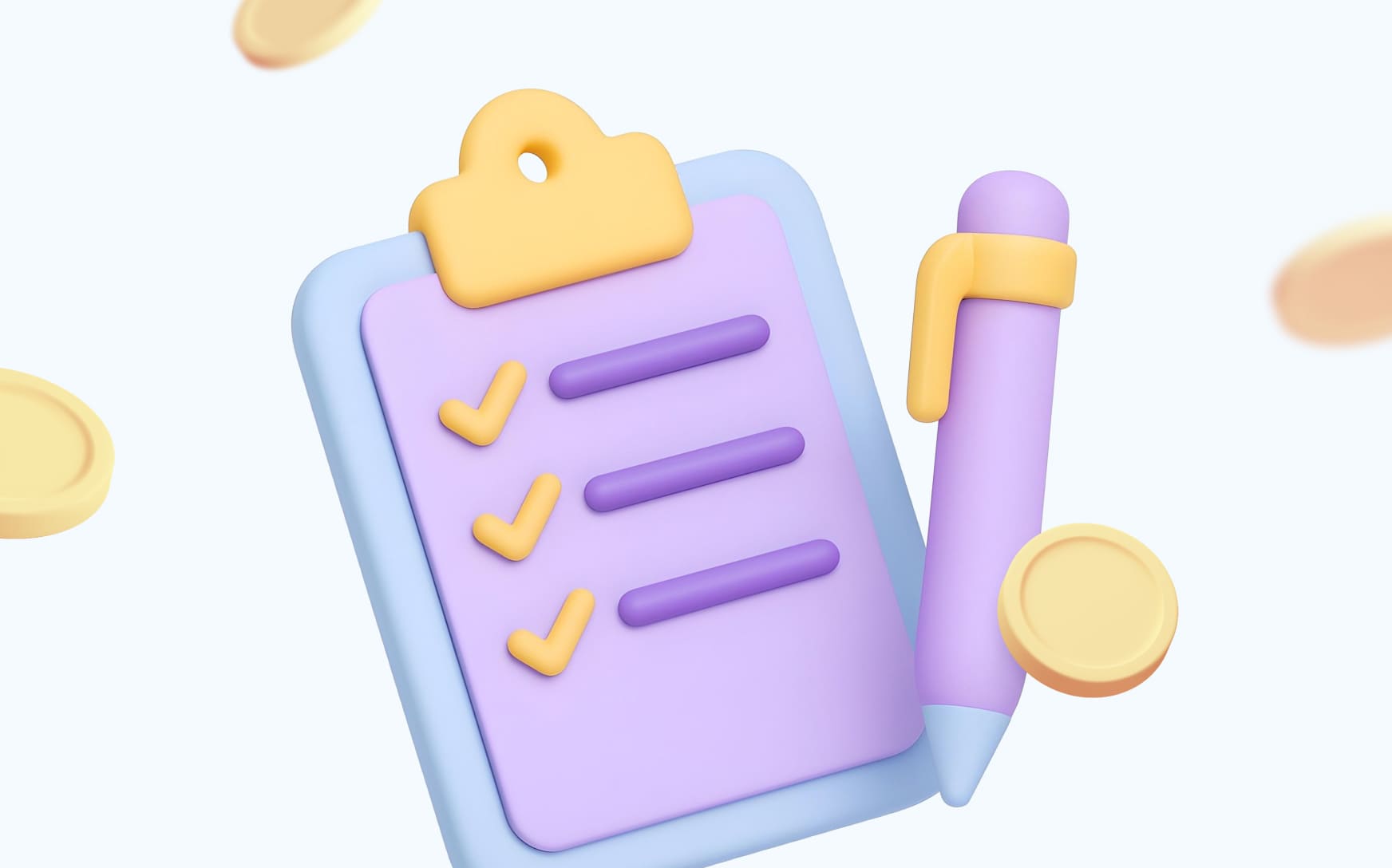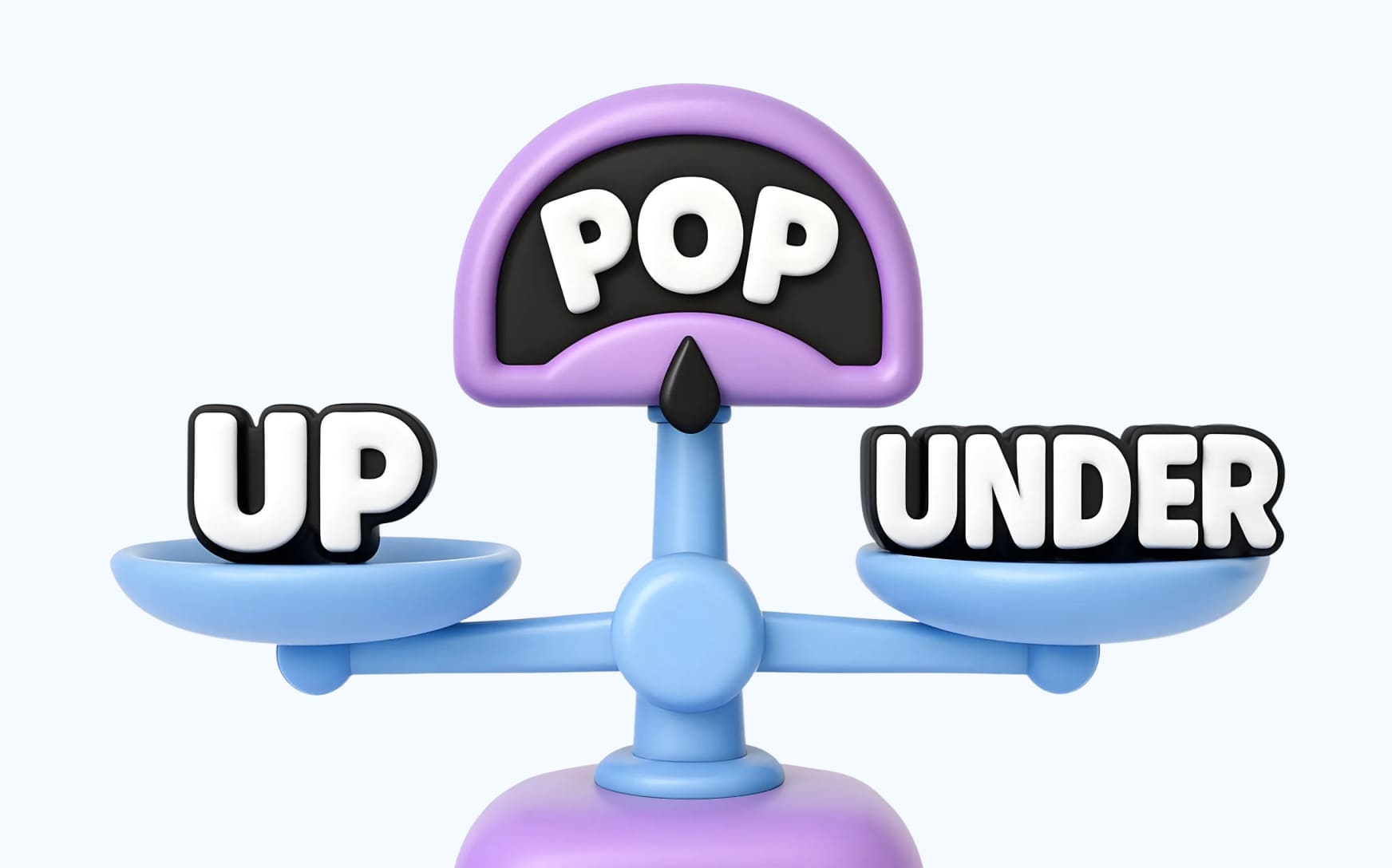ROIads ad network Optimization rules let you automate campaign management right in the dashboard. Instead of pausing creatives or blocking bad traffic manually, you can set simple conditions — like CPA, ROI or CTR limits — and the system will take action. This saves time, protects budgets and improves overall campaign performance for push and pop ads. To make the feature work, postback tracking must be connected so the platform can receive conversion data.
Affiliate campaigns live or die by how fast you optimize them. The difference between a winning funnel and a money drain often comes down to speed — how fast you react to data and block underperforming traffic. But doing it manually, especially when running multiple campaigns across push and pop traffic, takes hours a day.
That’s where ROIads Optimization rules come in. These are built-in automation tools that help you manage campaign performance in real time — without constant manual checks. You set it once and the system takes action when conditions are met.
For example, the platform can pause a creative, blacklist a browser or cut bids for sources that don’t meet your CPA or ROI targets. So your campaigns are efficient 24/7 even when you sleep. In short, ROIads optimization gives you control and faster decisions with less effort — a must have for anyone serious about scaling with push ad optimization or other performance traffic.

What Are Optimization Rules in ROIads
Optimization rules in ROIads are automated instructions that help you manage campaign performance without constant manual control. Think of them as “if–then” conditions inside your dashboard: when a rule’s condition is met, the system takes the defined action.
For example, if a browser or device brings clicks but no conversions, the platform can blacklist it. Or if a specific campaign hits your target CPA, it can move traffic from testing to scaling mode — automatically.
This feature is part of the ROIads optimization toolkit, designed to:
- Save time by reducing campaign edits.
- Improve traffic optimization for push and pop ads.
- Keep ad performance consistent by applying logic you set once.
- Give you full control through transparent rule settings.
These ad campaign rules monitor live data from multiple metrics available in ROIads, including:
- Impressions
- Clicks
- Conversions
- Spend
- CPC
- CPA
- ROI
- CTR
- Win Rate
ROIads: Ad Network for Impressive Results
ROIads is a global network that specializes in push and pop traffic. It offers users access to premium sources, flexible campaign settings and support at every step.
Main benefits of ROIads:
- Minimum deposit $250.
- Account managers to set up campaigns & postback, get free custom creatives.
- Only the most effective and modern formats — push and pop ads.
- 150+ geos coverage including Brazil, Cambodia, Ethiopia, India, France.
- Top verticals: Gambling, Media, Software & Apps, Finance
- Smart features: AI bidding technology, Micro bidding, CPA goal
How ROIads Optimization Rules Work
The Optimization rules feature in ROIads allows you to automate daily campaign management using real-time data.You set it once — the platform monitors results and reacts automatically, so your traffic stays efficient and within KPIs.
Each rule has five key elements you can customize.
1. Apply Rule To
Select which part of your campaign the rule will check:
- Campaign
- Creative
- OS
- Device
- Browser
The Action options depend on what you choose.
2. Action
There are 2 actions in ROIads:
- If you apply a rule to OS, Device or Browser →
Blacklist — automatically exclude traffic from this source when condition is met. - If you apply a rule to Campaign or Creative →
Pause — automatically stops the campaign or creative when the rule triggers.
3. Condition
Choose which metric will trigger the rule. ROIads has full list of performance indicators for flexible campaign control:
- Impressions
- Clicks
- Conversions
- Approved Conversions
- Spend
- CPC
- CPA
- ROI
- CTR
- Win Rate
Each condition can have a threshold, for example:
- CPA > $8
- ROI < 100%
- CTR < 1.5%
- Approved Conversions < 2
4. Timeframe
Set the time period for data analysis:
- Today
- Yesterday
- Last [any number] — for example, Last 5 days or Last 10 days.
This gives you flexibility to balance speed and data accuracy depending on your traffic volume.
5. Frequency
Choose how often the system will check and apply your rule:
- ASAP — the rule will run as soon as new data appears (good for testing or volatile traffic).
- By Time — you set the exact time when the rule will run each day (for example, every morning at 10:00).
Example Rule Setup
| Parameter | Description | Example Setting |
| Apply Rule To | What element the rule controls | Campaign |
| Action | What happens when condition is met | Pause |
| Condition | Metric & threshold | ROI < 80% |
| Period | Data range | Last 7 days |
| Frequency | How often the rule runs | By Time — 10:00 daily |
These ROIads optimization rules save you hours of manual work and keep your ads profitable. Whether you’re scaling push ad campaigns or optimizing traffic sources, automation has your ads profitable and under control 24/7.
Real Use Cases: Automate Smart Decisions
Optimization rules in ROIads aren’t just for cutting losses — they help you manage campaigns better. By automating routine checks you can react faster to traffic changes, maintain stable ROI and scale with confidence.
Here are several real-world examples of auto optimization in your campaigns.
Use Case 1. Control CPA Across Devices
Goal: Stop unprofitable device traffic before it burns the budget.
Setup example:
- Apply To: Device
- Action: Blacklist
- Condition: CPA > $10
- Period: Last 5 days
- Frequency: ASAP
Result: If mobile traffic converts at a higher cost than desktop, it’s automatically excluded — keeping your push ad optimization consistent with your target CPA.
Use Case 2. Pause Creatives With Ad Fatigue
Goal: Stop CTR drop on older push creatives that users have already seen.
Setup example:
- Apply To: Creative
- Action: Pause
- Condition: CTR < 0.8% and Impressions > 2000
- Period: Last 3 days
- Frequency: By Time — 12:00 daily
Result: The system will pause creatives with ad fatigue, saving spend and keeping campaigns fresh without daily manual checks.
Use Case 3. Block Browsers With Poor Conversion Rate
Goal: Exclude low-converting browsers common in pop traffic (like UC Browser or Opera Mini).
Setup example:
- Apply To: Browser
- Action: Blacklist
- Condition: Approved Conversions < 2 and Spend > $20
- Period: Last 7 days
- Frequency: ASAP
Result: The rule will filter out weak browsers, improving pop traffic quality and helping advertisers focus on high-performing audiences.
Use Case 4. Pause Campaigns With Negative ROI
Goal: Stop losing money on campaigns that go below the profitability threshold.
Setup example:
- Apply To: Campaign
- Action: Pause
- Condition: ROI < 80%
- Period: Last 7 days
- Frequency: By Time — 09:00 daily
Result: If a campaign is below ROI for several days in a row, it will be paused, giving the advertiser time to analyze and relaunch with new settings or creatives.
Use Case 5. Control Spend During Tests
Goal: Limit testing spend on new push campaigns to avoid overspending.
Setup example:
- Apply To: Campaign
- Action: Pause
- Condition: Spend > $30 and Conversions = 0
- Period: Last 2 days
- Frequency: ASAP
Result: The campaign will pause once it hits the test budget without conversions, so you stay in control and optimize spend wisely.
Summary Table: Common Optimization Scenarios
| Objective | Apply Rule To | Action | Condition Example | Frequency |
| Block costly devices | Device | Blacklist | CPA > $10 | ASAP |
| Avoid ad fatigue | Creative | Pause | CTR < 0.8% | By Time |
| Filter weak browsers | Browser | Blacklist | Approved Conversions < 2 | ASAP |
| Stop unprofitable campaigns | Campaign | Pause | ROI < 80% | By Time |
| Limit test budget | Campaign | Pause | Spend > $30, Conversions = 0 | ASAP |
Every decision is based on data, not assumptions — so faster optimization, cleaner traffic and higher profit margins.

Roya, Emotional Damage Officer & Supreme AI Arbitragist at ROIads
How to Find and Create Optimization Rules in ROIads
Once you’ve chosen your ad format — Push or Pop — you’ll be taken to the campaign setup page. The step- by-step campaign creation guide can be found in our tutorials below.
Here we’ll focus on how to find and activate the Optimization rules feature.
Step 1. Open Advanced Settings
Scroll to the bottom of your campaign setup page and click the yellow “Advanced Settings” button.
This will expand additional settings.
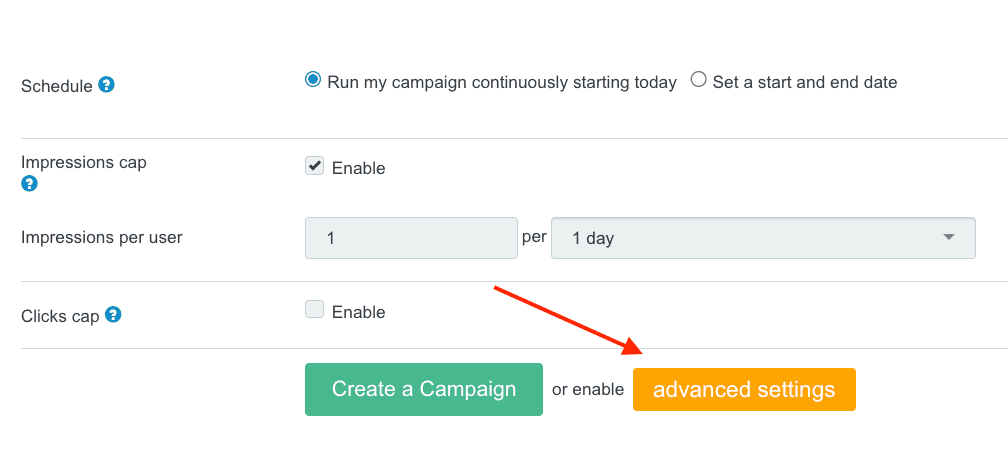
Step 2. Find the Optimization Rules Section
Once the advanced menu is open, scroll until you see “Optimization rules.”
Next to it you’ll see a green “Create rule” button — click it to create your first rule.
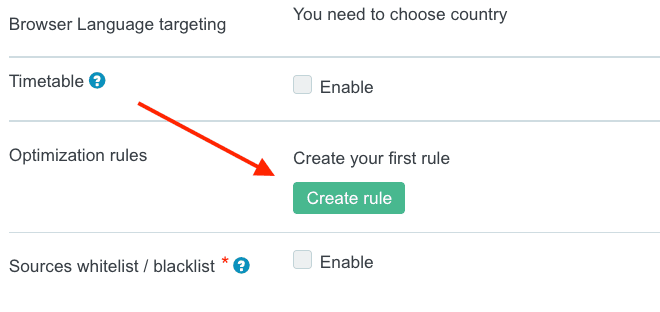
Step 3. Set Up Your Rule
In the rule editor you will see all the fields:
- Rule name
- Apply Rule To (Campaign, Creative, OS, Device, or Browser)
- Action (Pause or Blacklist, depending on selection)
- Conditions
- Period of time
- Frequency (ASAP or By Time)
Fill in the fields you need and click Add and your rule will be active.
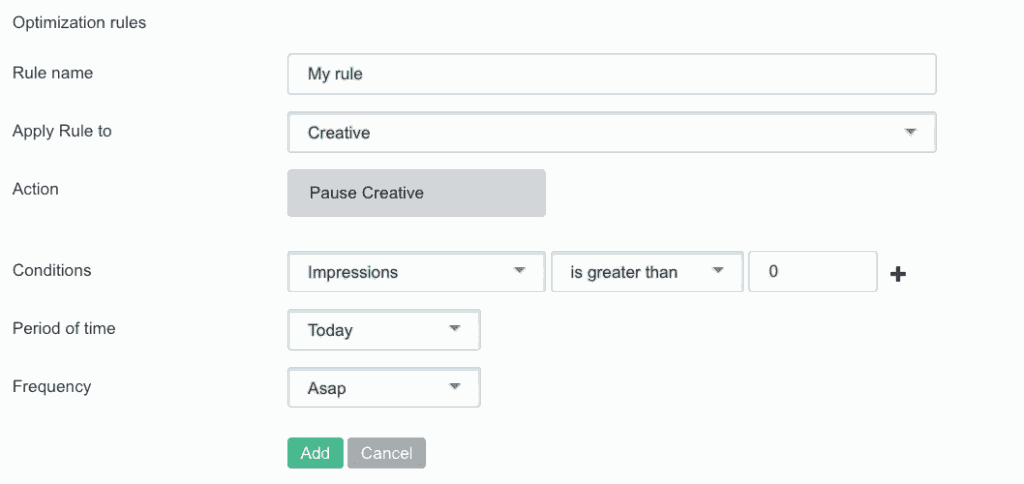
Important: Don’t Forget Postback Setup
Optimization rules rely on conversion data. If postback tracking isn’t set up the feature won’t work — the system won’t receive conversion data to analyze.
You can find our postback setup guide here:
ROIads is already integrated with most popular trackers (Voluum, Keitaro, Binom, BeMob, RedTrack, and others), so the setup process is super fast. You can find all guides in our Tracking Tutorials section.
FAQ: What People Also Ask About Traffic Optimization
❓What are ROIads Optimization rules?
Optimization Rules are automated settings that manage your campaigns based on real-time performance data. They can pause campaigns or creatives, blacklist devices or browsers and keep your traffic clean and profitable — all without manual control.
❓How to use Optimization Rules in push campaigns?
In push campaigns rules help to automate traffic testing and creative management. For example you can pause low CTR creatives, block devices with high CPA or limit spend during tests. Just open Advanced settings → Optimization rules → Create rule, set conditions and the system will do the work for you.
❓Can Optimization Rules improve ROI and traffic?
Yes. Automation reacts much faster than manual checks — stopping unprofitable traffic and protecting your ad spend. As a result campaigns stay more stable, ROI increases and performance data becomes easier to analyze and scale.
Conclusion
Automation isn’t just a trend — it’s the foundation of smart advertising. ROIads optimization rules give advertisers the power to act on data instantly without constant manual control. You decide the logic — the platform does the work. From blocking weak browsers to pausing unprofitable campaigns, every rule protects your budget and maximizes performance.
Create your ad campaign, make your first rule, connect your tracker and let ROIads do the routine while you focus on scaling and strategy.
